Wait, Your Belt Hurts?
Let’s be honest—if you’re in law enforcement, what’s the very first “badge” you slap on before a shift? The gun belt. It’s so routine, so familiar, most of us strap it up without a second thought. But here’s the twist: that heavy, leather beast—that “tool belt” for justice—isn’t as innocent as it seems. Ever feel that dead-leg burn, a shot of pins and needles after a long car ride, or maybe a nagging ache in your lower back that just never sits right? Yup. Say hello to gun belt syndrome.
I get it. No one winds up in uniform expecting their duty gear to be the thing that knocks them off duty. But hiding just beneath your utility pouches and spare mags… that’s where problems can start. And it’s way more common than folks think.

Why Does This Even Happen?
It’s funny (or not so funny): You sign up for the action, but what really gets you is… standing around. Or sitting in a patrol car, gear digging in, belt pressed tight just above your hip bones. Those heavy belts? They’re mandatory—and can weigh anywhere from 15 to 20 pounds loaded up (research on subcutaneous mass cases in police). Imagine lugging a bowling ball on your hips, every shift, every week, for years.
Why does it hurt? Here’s the short version: that belt presses against nerves buried in your hip and thigh, especially the lateral femoral cutaneous nerve. When this nerve gets squeezed, you get meralgia paresthetica—a fancy name, sure, but for a real “dead leg” sensation. Numbness. A creeping burn. Sometimes it feels like someone slipped a bee inside your pants and just let it roam.
I remember chatting with an officer who shrugged off her aches as “just part of patrol.” Turns out, her belt had caused a spot of tissue to form over her hip—a mass that eventually needed surgery! Truth is, these belts can cause all sorts of mischief: subcutaneous lumps, postural twists, low back pain, and the infamous outer-thigh zap.
Little Changes, Big Consequences
Let’s pause. Ever notice how sometimes it’s the tiny stuff that catches up to you? That sly way a belt digs in at the same spot, day after day… and suddenly, six months later, you can’t sit without fidgeting? You’re not alone. And no, it’s not just in your head.
Quick Table: Where Belt Weight Hits
| Belt Weight | Common Aches | Potential Problems |
|---|---|---|
| 10–15 lbs | Hip soreness | Minor discomfort, occasional numbness |
| 15–20 lbs | Low back pain, outer thigh burn | Meralgia paresthetica, muscle fatigue |
| 20+ lbs | Persistent leg tingling, stiff lower back | Tissue damage, chronic nerve issues |
Do You Feel the Zap?
Alright—let’s get personal. Do you ever catch yourself shifting in the car because your thigh feels like it’s “asleep”? That’s not random. Decades of research—and dozens of case studies—point to gun belt syndrome as the culprit for officers’ pain (analysis of low back pain in officers).
The biggest clues:
- Outer thigh pain or numbness, especially after long periods of sitting or standing
- Randomly feeling like you’ve got ants crawling under your skin (nope, you’re not losing it)
- Burning sensations after a long shift—or even just while waiting at a red light
- Your back always “pops” getting out of the car, or you walk a little funny after patrol
Sound familiar?
Nerves Versus Habit
There’s an odd comfort in routine. You buckle up. The belt pinches. You ignore it. Over time, that “standard” discomfort can spiral. It’s not weakness; it’s physics. Every pound, every hour—your nerves and joints soak up that pressure. Many officers ignore early signs, dismissing that burning or tingling as just “being tired.” And hey, I’ve played that game too—”admit nothing, muscle through.” But… our bodies aren’t as tough as our pride. And, left alone, it can snowball from “annoying” to “I need light duty.”
Let’s Get Real: Is It the Belt or the Way You Move?
A little of both. Tight, rigid belts press nerves like an old tourniquet. But add in awkward squad car seats, sudden runs, constant reaching for gadgets, and the odds stack up. It’s the setup, the posture, the repetition. Lower back pain isn’t just from bad luck—it’s ergonomics gone sideways. Officers with standard belts have way higher rates of chronic low back pain than those with drop leg holsters (read the data here).
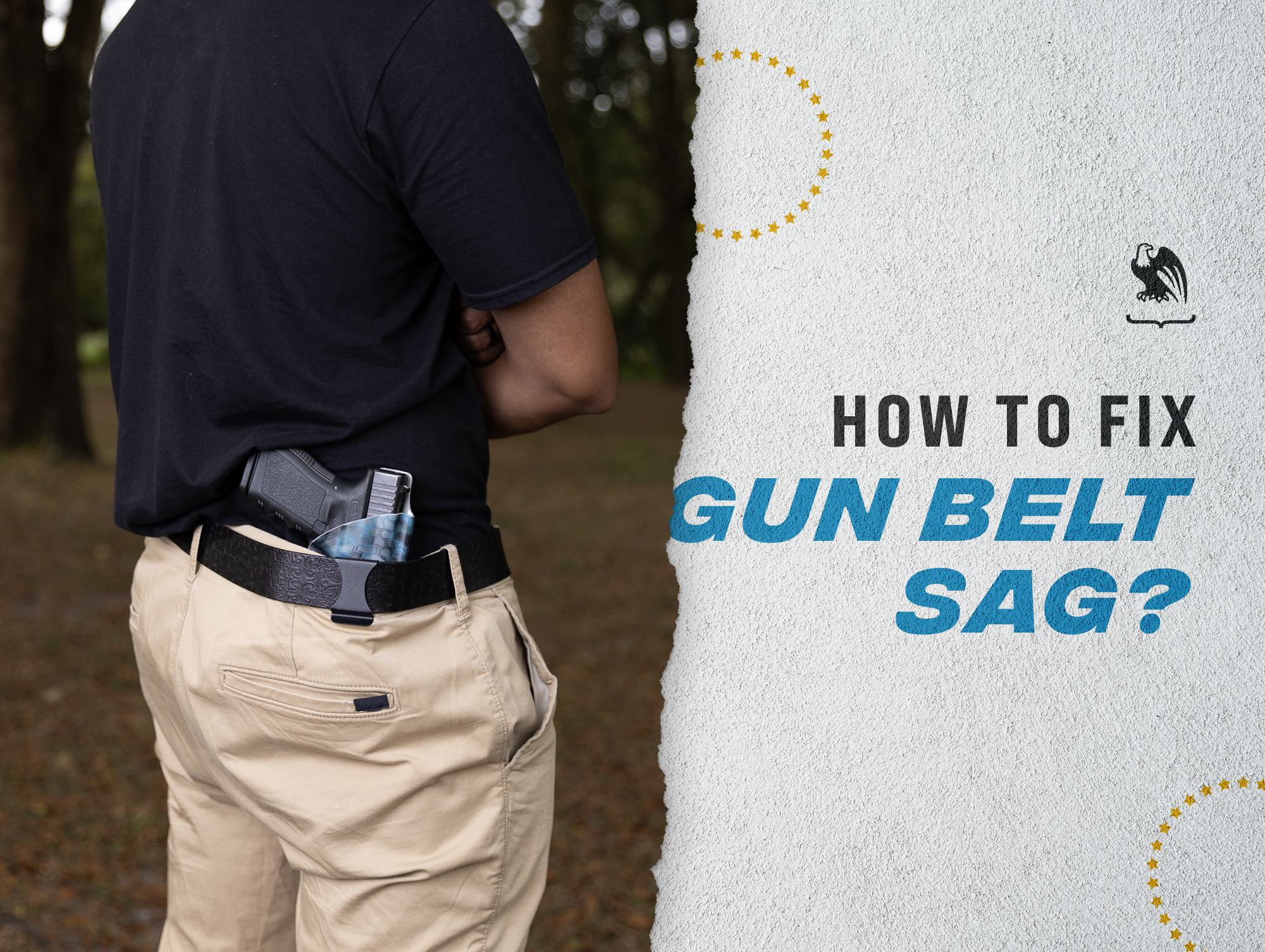
Small Tweaks, Big Relief
Good news: You don’t have to toss your belt or trade the job for a desk chair (unless you want to—no judgment). Start with little habits, and you’ll be amazed what shifts.
Gear Up Smarter
Have you ever tried padding your belt or shifting where it sits? Even a slight adjustment can take the heat off your nerves. Some folks swear by suspenders or harnesses to help spread the load across their shoulders. Less pressure… happier hips.
There’s also movement—don’t let that belt glue you to your seat. Take short walks, and switch up your position as often as possible. And if your station is open to it, suggest a review of lighter, modern belt systems. Some departments already offer ergonomic upgrades (finally).
Comparing Gear Options—What’s Worth It?
| Gear Tweak | Pros | Cons |
|---|---|---|
| Drop Leg Holster | Moves weight off hips | May slow draw or feel awkward at first |
| Belt Padding | Less direct pressure, easiest upgrade | May get hot in summer, adds bulk |
| Shoulder Harness | Distributes load to upper body | Can restrict arm movement, needs adjustment |
What do you think? Would you swap comfort for speed—or vice versa?
Don’t Skip the Stretches
Here’s one I learned the hard way: a few minutes of stretching and targeted movements can turn the tide on that deep achy feeling. If your thigh’s acting up (meralgia paresthetica, remember?), exercises that open the hip and relieve nerve pressure really help. You don’t have to run a marathon! Just a bit of movement when you can, wherever you can.
Curious about what works? You might want to take a look at Meralgia paresthetica exercises specifically. Even just learning one or two moves for the hip and outer thigh can change your day. Or if it’s gotten really stubborn, Meralgia paresthetica treatment guides are full of practical ideas (and honestly, some are so simple you’ll wonder why no one told you sooner).
Real Talk: Early Action Pays Off
You know that old line—catch it early, fix it fast? It’s gold here. Officers who switch up their setup or grab treatment before things get chronic are back in the field (and off the “injured reserve” list) way faster. One officer I know shared how he’d ignored the tingling until he could barely buckle up. A month of simple daily Meralgia paresthetica exercises, better belt padding, and switching to a slightly looser fit had him feeling like a rookie again—well, with a little more wisdom.
When Should You Get Help?
Let’s be honest—some aches fade with rest, but if pain sticks around, spreads, or keeps you awake, it’s time to call in reinforcements. For many, an ergonomic check at work or a quick consult for Meralgia paresthetica treatment can help tailor a plan that fits you (and your duty demands).
Don’t write off your discomfort as “just part of the job.” You went through more to earn that badge than a little badge rash. Your department—and your family—need you at one hundred percent.
What If You’re Already Hurting?
First step: acknowledge it. You’re not the first, and you sure won’t be the last. Swap stories, ask for “belt swaps,” and try different gear loads. Sometimes it’s just finding the sweet spot or a new trick that helps keep your career rolling. And remember, you’re allowed to prioritize your own health. The stronger you are, the better you can serve.
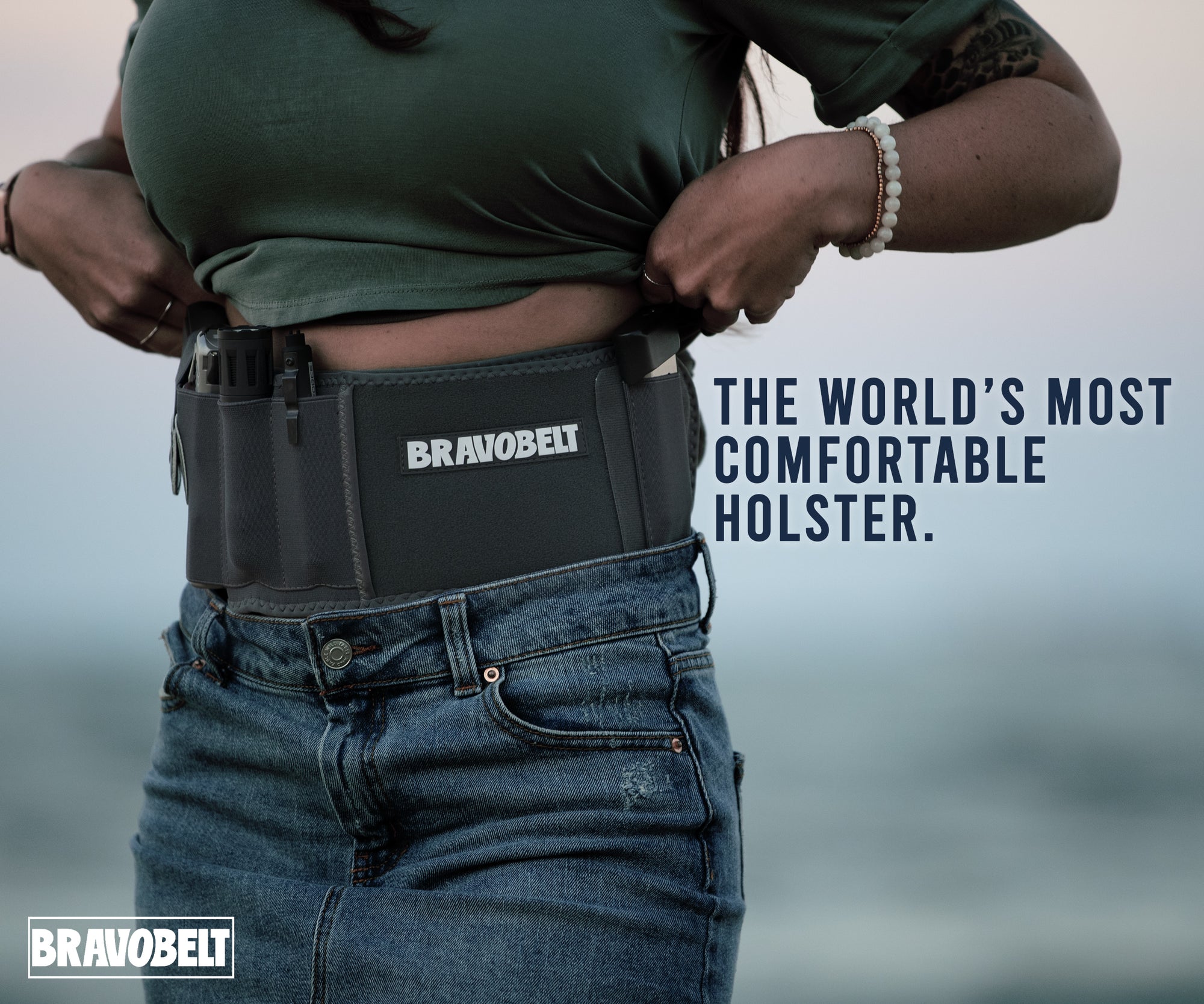
Time to Lighten the Load—Literally
So here’s the thing: gun belt syndrome flies under the radar, disguised as everyday aches, until suddenly your hips and back are shouting for help. But it isn’t a job requirement. It isn’t a badge of honor to limp quietly or ignore that burning, buzzing, or numbness down your leg. This is an occupational hazard, sure, but it’s one we can outsmart.
Whether you shift your belt, try new padding, explore Meralgia paresthetica exercises, or just admit you’re feeling it and ask for help, you’ve already taken the toughest step: paying attention to your own wellness. That’s something worth patting yourself on the back for—no pain, just pride.
You protect and serve us every single day—don’t let hidden weight hold you down. Consider taking five minutes today to experiment with your gear, sneak in a stretch, or look up more Meralgia paresthetica treatment advice. Who knows? You could inspire your whole squad to feel better. And hey, you deserve to leave pain in the rear-view mirror… not carry it around your hips for another shift.
Take care out there, hero. Your body’s got your back—as long as you’re willing to listen. Let’s work smarter (and comfier), not harder.


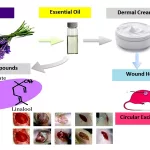







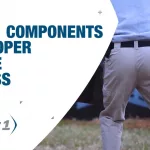

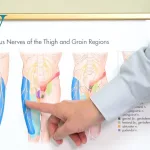
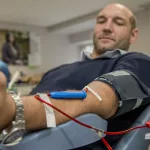
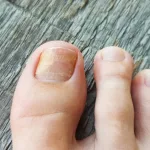

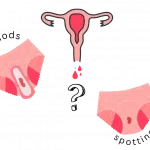

Leave a Reply
You must be logged in to post a comment.